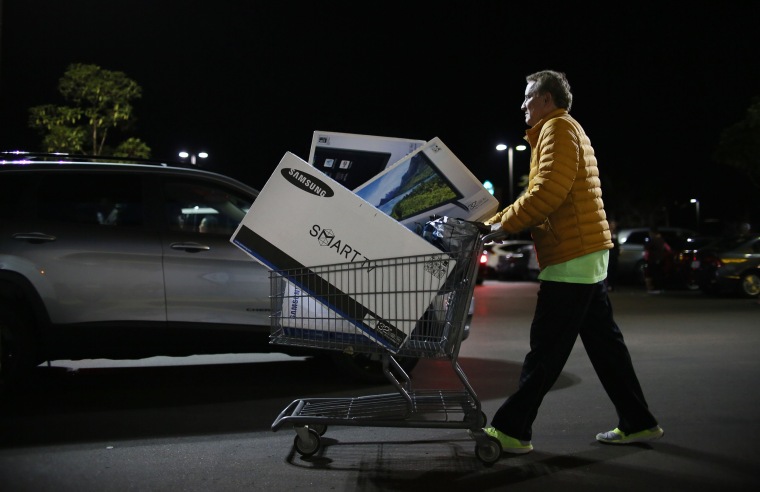Whether you want a sweater, a meal, a place to stay, a ride, even a date — it’s all at your fingertips these days. And research shows that means you think less about the money you're spending as you tap your screen to buy.
Cyber Monday statistics from Adobe hammered home the point: Mobile spending jumped 48 percent year over year to $1.19 billion.
So, while your smartphone has the helpful ability to offer you great deals, save your shopping cart, and store your payment information, this same technology makes us a lot more vulnerable to spending. How do we resist the urge to scratch that digital itch?
Here are three key tips to keep ourselves in check — and lessen the burden on our wallets.
Know the Psychology Behind It
Knowing how and when we’re being primed to spend gives us the tools to be able to think twice before doing it. Martin Lindstrom, author of Small Data, said shopping has become incredibly impulse driven: “I’m increasingly making decisions on my mobile based on where I am, rather than what I need.”
He says because we’re always on the go (instead of shopping via a computer at home), we’re continuously influenced based on what is around us, planning minutes ahead rather than days.
Related: Cyber Monday Was the Biggest Online Sales Day in History
Ads based on temperature and location also start to influence us. Walking down the street in 85-degree weather means smart marketers push recommendations your way for ice cream, barbecue and cocktails, rather than ones for, say, sweaters or hiking boots.
“The psychology of mobile shopping is basically that you buy things based on what mood pattern you’re in right now,” said Lindstrom.
It’s important to be aware of the fact that your smart phone has the ability (thank you, cookies) to track your spending patterns and cravings. This technology, which makes the things you were just browsing pop up in later windows, makes us a lot more vulnerable to spending.
For example, if you were on a diet, and chocolate cakes started popping up everywhere around you, there’s an extremely high chance you’d fall off the wagon, says Lindstrom.
Luckily that doesn’t usually happen, but when mobile phones remind you — via image after image — that you've just left that beautiful outfit or pair of theater tickets behind, it can weigh on our minds.
According to Lindstrom, technology like this means means we’re 7 to 10 percent more likely to buy than we were in the past.
Establish Boundaries
Nowadays, we tend to take every “unproductive” moment and fill it up with stimuli so that we’re never bored. But that’s not necessarily a good thing, Lindstrom told NBC News.
“We need to [make] appointments with our phones [and stay off them otherwise],” he said.
Spending releases neurotransmitters — dopamine — in the brain that make us feel happy and please our reward centers. “But the problem is, if I have my phone in my pocket, I’m much more likely to spend money,” said Lindstrom.
It’s a good idea to limit yourself to using your phone in certain intervals or, in some instances, switching off data. Or consider setting the timer for a certain amount of phone time so you don’t get carried away, says Dr. Jane Thomas, marketing professor at Winthrop University.

Wait 24 Hours
Retailers are collecting data on us constantly. So it makes sense that, while shopping, it’s easy to fall victim not only to impulse buying, but also to add-on sales (socks and tights with a shoe purchase, etc.)
“It is so easy, again — particularly on your mobile device — to just click and put it in there,” Thomas told NBC News.
Combat both by leaving things in the online shopping cart for 24 hours. The first thing that happens when you do this is that dopamine activity in your brain decreases, meaning you’re less inclined to buy the item after 24 hours. This will help cut down on impulse buys.
Related: Mobile Shopping Drives Sales on Cyber Monday, But Most People Are Buying for Themselves
The second thing? Often, retailers go into a panic, because they know you’re not likely to buy the item after 24 hours. Don’t be surprised if you receive a coupon or discount as their last-ditch effort to convince you.
With Hayden Field
